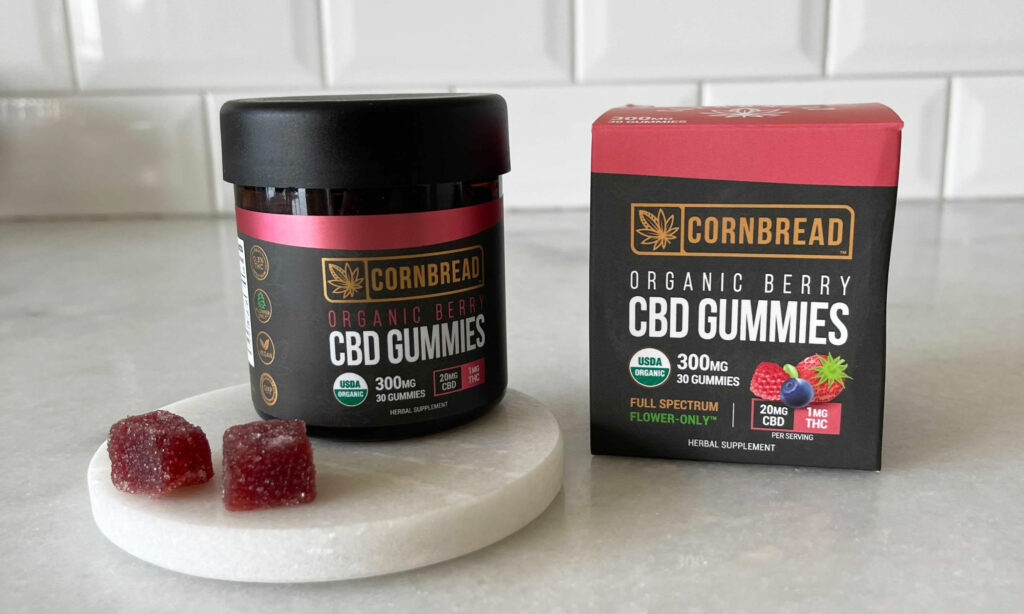Delta 9 edibles have gained significant popularity in the world of cannabis consumption, offering an alternative to traditional smoking or vaping. These edibles are infused with Delta 9-tetrahydrocannabinol (THC), the primary psychoactive compound found in cannabis, responsible for the “high” sensation. Unlike smoking or vaping, which deliver THC directly to the lungs, Delta 9 edibles provide a different experience by entering the body through the digestive system. But what exactly are delta 9 edibles, and how do they work?
What Are Delta 9 Edibles?
Delta 9 edibles are food products that have been infused with Delta 9 THC. These can come in various forms, including gummies, chocolates, baked goods, beverages, and more. The process of creating these edibles involves extracting Delta 9 THC from the cannabis plant and incorporating it into the food product, ensuring an even distribution of THC throughout the edible. This allows for precise dosing and a consistent experience with each bite or sip.

How Do Delta 9 Edibles Work?
The key difference between delta 9 ediblesand other forms of THC consumption lies in the way they are metabolized by the body. When you consume a Delta 9 edible, it goes through the digestive system, where it is broken down in the stomach and absorbed into the bloodstream through the walls of the intestines. From there, it travels to the liver, where it undergoes a process called first-pass metabolism.
During this process, Delta 9 THC is converted into 11-hydroxy-THC, a compound that is more potent and has a longer duration of action than Delta 9 THC. This conversion significantly influences the intensity and longevity of the high experience with edibles. Because of this metabolic pathway, the onset of effects from Delta 9 edibles is slower compared to smoking or vaping, typically taking anywhere from 30 minutes to 2 hours to be felt.